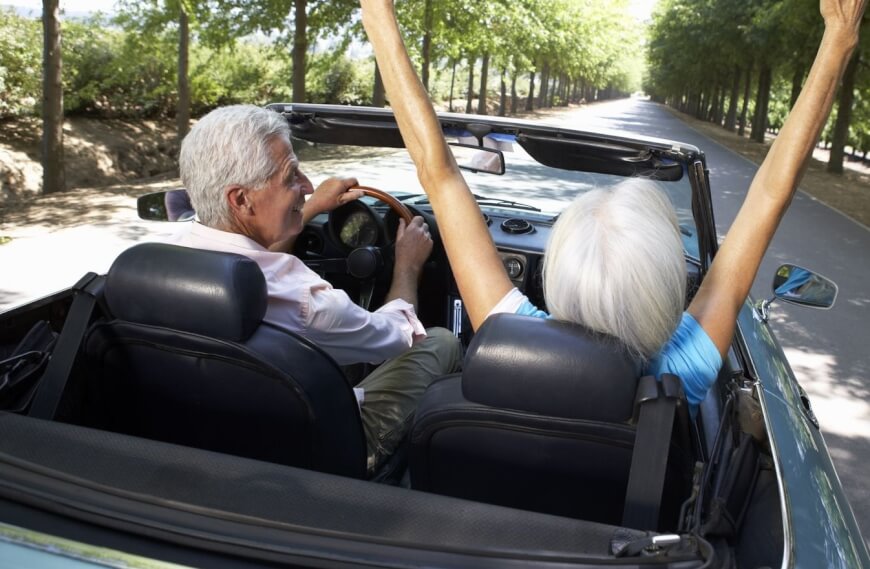Seniors and New Cars: They’re Not Ready to Hand Over the Keys
September 3, 2020

Just because they are getting old, seniors are not exiting the automobile market – they are responsible for purchasing 43% of all new cars domestically and 48% of all luxury cars. That’s not going to change anytime soon! According to a recently-released AARP study, senior spending on motor vehicles and parts will increase a whopping 258% by 2050.
This really shouldn’t come as a surprise. Seniors have the money. And they have the incentive to buy.
Show Me the Money!
According to the U. S. Small Business Administration, seniors control 70% of the total net worth of American households – $7-trillion of total wealth – and are responsible for 50% of all consumer spending. And after lifetimes of accumulating their personal wealth, they feel entitled to live well in reward for lives well-lived. Call it the “American Dream.”
They also have incentive for car ownership, even as driving becomes more difficult for them. Seniors as a cohort are in a state of experiencing continuous loss. Loss of health and physical strength. Loss of friends and peers. Loss of authority and identity. And more.
Given these areas of loss, the ability to control what they can becomes increasingly important, because it speaks directly to what seniors fear most: dependence on others. Control means “independence” which they equate to “freedom.” For most seniors, their car keys represent freedom, independence and control.
This attitude is reflected in a recent poll conducted by a publication called AGEIST. Seniors were asked what they considered the greatest benefits of being over 60. Their top three responses were:
- Wisdom and experience
- Financial security
- Freedom to do whatever I want.
That sense of “freedom” is as much aspirational as it is perceived. Access to the car keys is integral to that sense.
What Car Features Are Important to Seniors?
Recognizing seniors are predisposed (and have the money) to buy luxury cars, not all cars – luxury or otherwise – are right for them. There are age-related physical changes that make certain cars better for older drivers. These physical changes can include:
- Deterioration of muscles and joints, making it more difficult to enter and exit the car, or sit for long periods of time. It is also more difficult for older adults to swivel their heads left and right.
- Poorer vision due to decreased light reaching the retina – for instance, a sixty year old receives about one third the light a twenty year old receives – makes night-driving harder.
- Tendency for hands and feet to experience numbness.
- Decreased ability to hear, and to identify the direction or source of a sound.
Hence, there are certain automobile features that are more important to them, like easy-entry front seat access; headlight power; easy-to-use gauges and controls; impact warning sensors; etc.
How to Talk to Seniors When Selling Cars
Seniors generally feel thirteen years younger than their chronological age, and think they look it, too! That’s how they want to be portrayed in advertising:
- Active and energetic
- Healthy and fit
- Intelligent and experienced
- Fun and enjoying life.
As you might guess, they don’t respond well to advertising that points out their infirmities and reminds them of their problems. They want to hear positive information. In fact, University of Southern California studies have shown that older adults tend to remember, prioritize and respond to positive information, while deprioritizing negative information.
Marketers need to portray automobile features that address age-related physical changes as enhancements that contribute more enjoyment to the driving experience, rather than accommodations for the frailties of aging.
Show them how the car will bring them joy and help them thrive, and they will buy!





